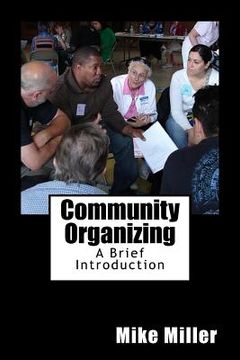Synopsis "community organizing: a brief introduction (in English)"
This book provides a brief introduction to what is variously called "faith-based," "congregation-based," and "institution-based" community organizing. Grounded in a composite case study of an actual organizing effort, it shows how local communities can be organized for power. Key organizing concepts and strategies are illustrated with stories of real encounters with leaders, communities, and powerful opposition figures. In the approach described here, civic and religious institutions come together to give the community a collective voice. Organizers help a community build a powerful organization rooted in core values of democracy and the social justice teachings of the world's great religious traditions. Saul Alinsky developed the foundations of the tradition of organizing described here, an approach that remains dominant in the U.S. today. Alinsky rooted power deeply in the lives, relationships and institutions of marginalized and oppressed people. In his early organizing days, his organizations brought together a wide range of institutions: religious congregations and labor unions, as well as mutual aid, self-help, athletic, sororal and fraternal, neighborhood and other voluntary associations. By the late 1970s, as non-congregational neighborhood associations fell into decline, organizers in the Alinsky tradition started looking more carefully at how to sustain the vibrancy of the religious institutions that remained. Organizers sought to help congregation members become co-creators, rather than consumers, of the life of their churches, and worked to help members connect their faith more directly to action in the world. In this way, they helped make both faith and the action more meaningful. This little book tells the story of one congregation that was a member of a "broadly-based community organization," and how a community organizer assisted its development as a true community.

